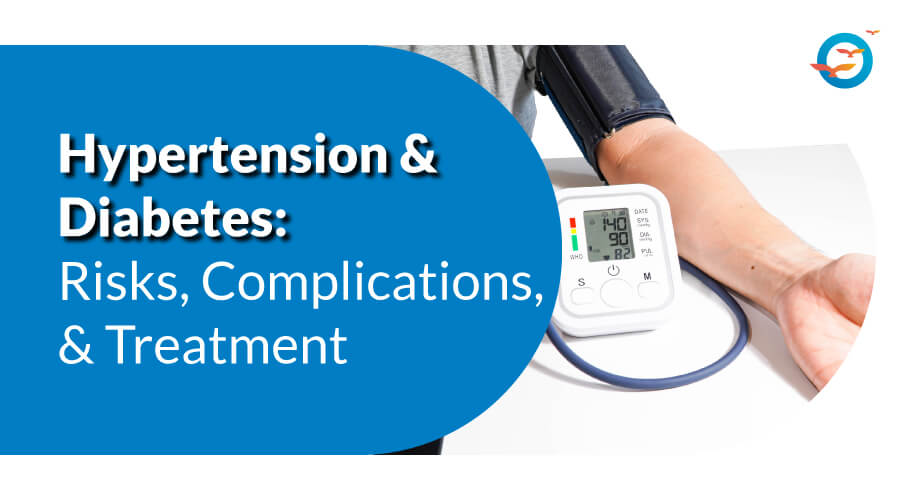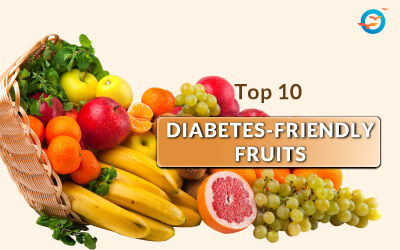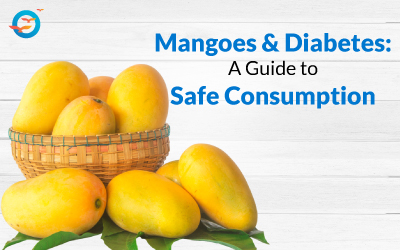Hypertension and Diabetes: Risks, complications, and treatment

A frighteningly large percentage of diabetics also suffer from hypertension. Both these disorders are triggered by metabolic syndrome, which also puts them at high risk of heart disease and many other complications. So it is important to understand if you are at risk and what you can do to protect your health.
Is your BP high
Unfortunately, high blood pressure does not have any major symptoms, which is why it is critical to get tested regularly. The American Heart Association (AHA) has set the following benchmarks for BP levels:
- Normal: 120/80
- Elevated: 130/80
- Hypertension: 130-139/89-90
- Critical Hypertension: 180/120
The two readings show two readings, as follows: the systolic reading, which is the higher reading, when the heart is actually pumping; the diastolic when the heart is resting between beats.
Diabetes causes
Like BP, diabetes is often a result of poor lifestyle choices. Sedentary living, unhealthy diets, and high-stress lifestyles combine to trigger a condition known as insulin resistance. This is when your body either produces insufficient insulin or the insulin produced doesn’t have the necessary effect, i.e. glucose from food is unable to enter the cells and accumulates in the bloodstream. Over time this high blood sugar level (BSL) damages almost every organ in the body.
Like hypertension, diabetes doesn’t have any obvious symptoms in its initial stages. Over time, the patient will notice signs like:
- Frequent urination
- Insatiable thirst
- Fatigue
- Excessive hunger
- Slow healing of wounds
- Blurring vision
- Fatigue
If you notice any of the above symptoms, get yourself checked immediately.
Your doctor will check your fasting and post-meal blood readings. The normal limits for these are
- Fasting: <100 mg/dl
- Post Prandial: <140 mg/dl
- Diabetes: (fasting) >126 mg/dl
- Diabetes (post prandial): >180 mg/dl
Your doctor will also conduct an A1C test. This tells the doctor your average BSL reading over the past three months. Ideally, this should be below 6.5 counts.
Diabetes–hypertension connection
High blood sugar, over time, leads to a build-up of plaque, caused by high LDL cholesterol, on the walls of the arteries. This effectively narrows the blood vessels and hardens the arteries, forcing the heart to pump harder, voila: High Blood Pressure.
Diabetes and hypertension share several causative factors, such as:
- Inflammation
- High oxidative stress
- Weak immunity
- Obesity
- Smoking
- Excessive alcohol consumption
- Unhealthy diets
- Imbalance in sodium & potassium intake
Complications
The combination of high BP and diabetes increases the risk of heart damage, kidney disease and other serious issues, including
- Vision problems: diabetic retinopathy
- Kidney damage, leading eventually to the need for dialysis or transplant
- Heart attack
- Stroke
Prevention & Treatment
Since both these disorders are primarily caused by lifestyle factors, it follows that reversing those bad lifestyle habits will also reverse the condition. The first and most important of these if to lose weight.
- Shed the flat
Even losing 5% of body weight has been proven to show a marked improvement in Blood Pressure. It can also stop conditions like pre-diabetes from progressing into full-blown diabetes. For an average adult weighing 200 pounds, this is equal to losing about 14 pounds—an easily achievable target!
- Get active
Physical exercise has been seen to have a tremendously salutary effect on both BP and BSL. Ideally, your fitness routine should incorporate elements of cardiovascular exercise (running, jogging, cycling, dancing, etc.), resistance training (with weights or body weight), and flexibility and balance exercises (yoga, tai-chi)
- Clean up your diet
Improving your food habits is very important to regulate both BSL and BP. This means, eating:
- Sufficient—quantity and variety—of fresh vegetables and fruits
- More high-fiber foods
- Less salt
- No or very little High GI foods (foods that are quickly absorbed into the bloodstream)
- No or very little fried and fatty foods ( any fat is bad; trans fats are the worst)
Stop smoking
Smoking tobacco increases plaque build-up leading to BP. It also constricts blood vessels temporarily. Over time this becomes permanent.
Smokers with diabetes have been seen to be at high risk of developing a number of serious complications, such as:
- Kidney disease
- Heart damage
- Retinopathy—eye damage, which leads to blindness
- Peripheral neuropathy—nerve damage in feet and arms (this can lead to amputation)
Reduce alcohol consumption
Alcohol is high in calories. It triggers weight increase, causes thickening of arterial walls, and high BP. If you must keep it to a minimum or, even better, switch to sparkling water
Takeaway
Eventually both diabetes and hypertension—if allowed to go unchecked—will require substantial medication. This medication often brings unpleasant side effects. But it can be avoided.
Since 2013, Freedom from Diabetes has been helping people suffering from metabolic syndrome, reverse their health problems, be it diabetes or BP, or cholesterol. Following a strictly regimented and guided program built on four basic protocols (diet, exercise, stress management, and medical supervision), we have helped more than 12,000 people all over the world, get completely free of their medicines. If you’d like to experience the same freedom, visit us at: www.freedomfromdiabetes.org or follow us or our Facebook/Instagram and Youtube channels.

